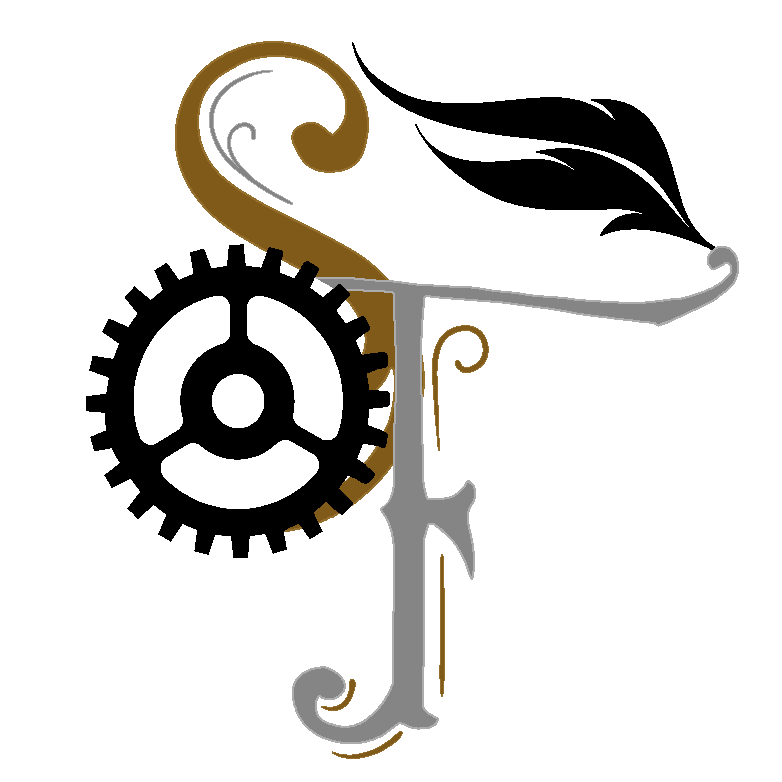ST Forge: Top Down Encounter Design
ST Forge is a series to help Storytellers and Game Masters improve their craft and learn new ways to engage their players. In this two-part article, we learn one kind of encounter that may come up in a tabletop roleplaying game and how a Game Master can use them.
Greeterlings, dear traveler. Adam here.
I love encounters in my roleplaying games. They give us the needed conflict and tension to drive the story forward. In a lot of game systems, how you handle encounters; specifically combat encounters; is how you progress your player characters.
A Game Master could open the monster book and throw some appropriately leveled villains at the party. That's perfectly fine, however we're here to forge great stories.
What is a Top Down Design?
The beauty of being a Game Master is that you get to design your world and fill it with the stories you and your players want to tell. Encounters are a huge part of that, and to seasoned game masters, require as much design as the lore of the world and the rules of the system.
This is exactly why, for this article, and this article's twin, I'm going to be borrowing some beloved game design terms.
A top-down design in gaming is when you take an established idea or concept and go through a process to make it fit the game you want to play. If you have played any game, you have seen top-down (or its inverse, bottom-up) design.
Top-down design refers to taking an established idea and adding it to your game. The place I first heard this term was in collectible card games. There's often a time when an idea is so specific that translating it into how it'll play is a real challenge.
When Would It Be Top Down
The same process is what I try to do when designing certain kinds of encounters. Most encounters are actually bottom-up designs, but we can discuss that in another article because top-down encounters and monsters are much more interesting to me.
I am constantly on sites such as Pinterest and following the social media accounts of fantasy and science fiction artists to get ideas and inspiration to use in my TTRPG sessions. When I find something that looks particularly fun or strange, then I will try absolutely anything to include it.
Some tabletop systems are incredibly rigid. There's a set formula for creating new monsters for balancing reasons, but some of those rules register more as guidelines than actual methods to take as gospel. For systems like that, follow the rules for creating an antagonist, and you have your perfect combat encounter ready to go!
It's Not All Fighting
There are more ways for the players you bring into your tabletop roleplaying game to progress than just by beating up the bad guys. Many systems have functions for social encounters and the systems that don't really need to include one.
A social encounter you may want to write into your game may be similar to one seen in another piece of media and you want your characters to go through it. Maybe a trade deal over a packed political delegation is at stake, or a difficult NPC needs to be convinced of something through some precisely made rolls of the dice or choice of words. An image I've always loved was when one of your players and the main antagonist are at a ball and are made to dance together but pleasantly chat despite their public or private hatred for each other.
One example of a non-combat encounter I wrote into my game recently included two characters and an NPC who had to escape from a government building. With a series of hiding rolls and the use of magic to (badly) disguise themselves as guards, they were able to take the documents they needed and escape with ease.
I think non-combat encounters are something I'm going to expand on a lot more here on the Storytellers Forge blog.
Successfully Encountered
There are many ways to challenge your players in a good session of any role-playing game. When you can imagine the kind of struggle your players are having, it's up to you to figure out how best to challenge them. If something has given you an idea, I'm sure there are many ways you could bring such an encounter to life.
Adam Ray has created many weird and wonderful things across the interwebs. As founder of Fantastic Universes, they've brought pop culture news to many. They review DC Comics on Dark Knight News, gave commentary on the League of Legends card game, and spoke at length about all of it on The Fantastic Plays Podcast. They even play D&D with No Ordinary Heroes, games with The Hostile Atmosphere, and streamed on Twitch. Climb their Linktree to find all Adam's exploits!

